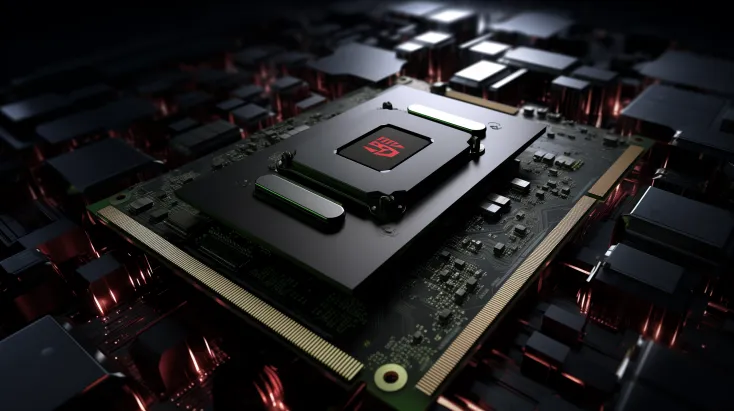Table of Contents
From GPU Dominance to NPU Revolution
The evolution of artificial intelligence (AI) in smartphones has been a transformative journey, marked by the shift from Graphics Processing Units to Neural Processing Units (NPUs). These strides have revolutionized the landscape of computational capabilities within handheld devices.
Graphics Processing Units Reign in AI Processing
Initially designed for image display and graphics manipulation, Graphics Processing Units found a new frontier in AI applications. As AI became ubiquitous in smartphone functionalities—facial recognition, photography enhancements, and voice assistants—Graphics Processing Units flexed their simultaneous processing prowess. Their collaboration with CPUs significantly reduced processing times, amplifying the efficiency of AI tasks.
However, the burgeoning complexity of neural networks outpaced the capabilities of Graphics Processing Units. Despite their adeptness in parallel processing, Graphics Processing Units weren’t exclusively tailored for AI-centric operations. As AI models expanded, the limitations of GPU parallelism became evident. Moreover, within the power constraints of smartphones, specialized hardware emerged as a necessity.
Rise of the NPU: A Paradigm Shift
Enter the Neural Processing Unit, a dedicated microprocessor engineered explicitly for neural network machine learning. Unlike Graphics Processing Units, Neural Processing Units are purpose-built for AI tasks, optimizing the processing of immense multimedia data, such as images and videos. Their architecture, founded on data-driven parallel computing, simulates human neural pathways and efficiently processes deep-learning instructions. This unique design allows NPUs to execute computations with exceptional efficiency, akin to human neurons firing in unison.
The Neural Processing Unit’s forte lies in offloading complex AI calculations from the main processor, ensuring swift and energy-efficient operations. By streamlining AI-related tasks, Neural Processing Unit not only expedites performance but also enhances the smartphone’s overall efficiency and conserves battery life.

NPU vs. GPU and CPU: Core Differences
In comparison to CPUs and GPUs, NPUs exhibit distinct characteristics. While NPUs and Graphics Processing Units both focus on parallel processing, NPUs excel in neural network-centric tasks, leveraging specialized cores optimized for AI computations. CPUs, on the other hand, possess fewer yet more powerful cores, prioritizing general-purpose computing tasks.
The core count varies across devices, with CPUs emphasizing power, Graphics Processing Units boasting thousands of cores for parallel tasks, and NPUs specializing in AI computations with a tailored core configuration.
The Ubiquity of NPUs in Smartphones
The integration of Neural Processing Units within smartphones has rapidly gained momentum across major vendors. Apple pioneered this trend with its Neural Engine Neural Processing Unit introduced in the A11 chipset in 2017, subsequently advancing into higher-end iPhone models. Huawei followed suit by embedding NPUs into its Kirin 970 SoC in 2018.
Qualcomm, a dominant force in Android mobile platforms, launched its AI Engine within premium 800 series chipsets, focusing on enhancing on-device generative AI with NPUs in the Snapdragon 8 Gen 3. Likewise, MediaTek and Samsung have embraced NPUs, integrating them into their latest offerings.
In a few short years, NPUs have undergone significant enhancements, becoming an integral component across diverse smartphone lineups. Their adoption signifies a paradigm shift in AI processing, enabling smartphones to handle intricate AI tasks seamlessly while optimizing overall performance and energy efficiency.
Conclusion: NPU’s Reign in Smartphone AI Evolution
The transition from GPUs to NPUs in smartphones symbolizes a transformative leap in AI processing. NPUs, with their specialized architecture and dedicated focus on neural network computations, have redefined the boundaries of AI capabilities within handheld devices. As NPUs continue to advance and proliferate across smartphone ecosystems, they herald a future where AI-driven functionalities seamlessly integrate into our daily lives, pushing the boundaries of mobile computing.